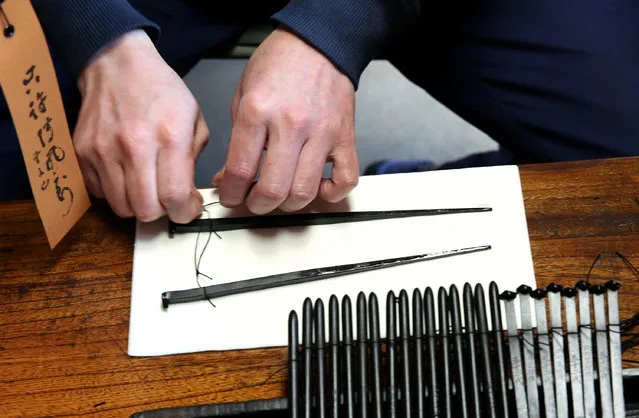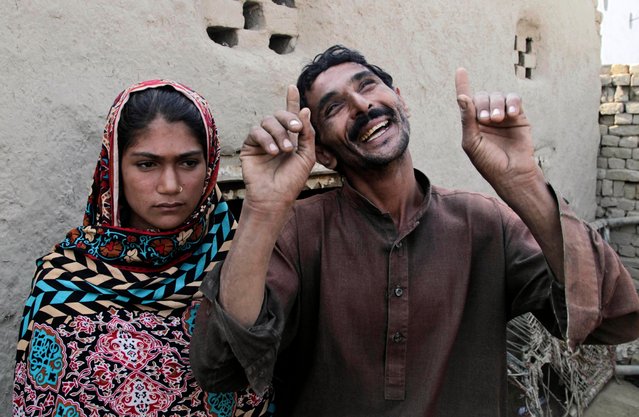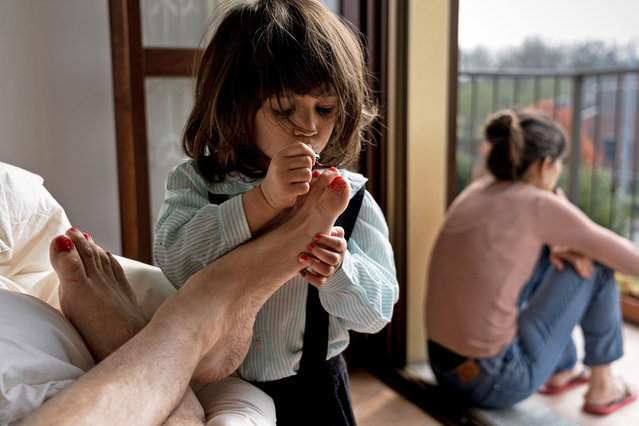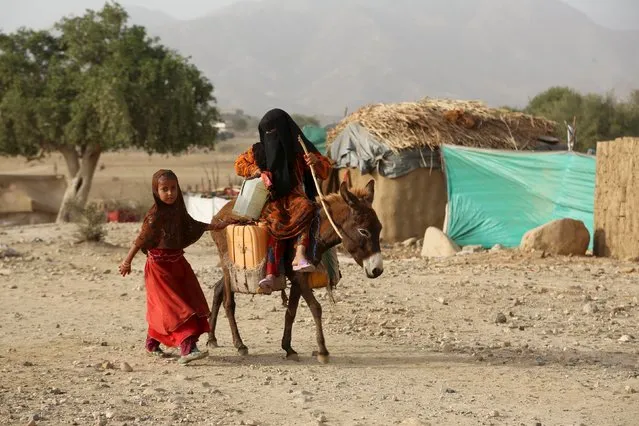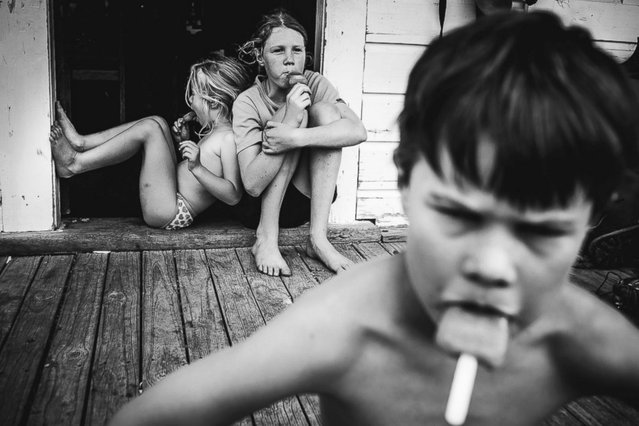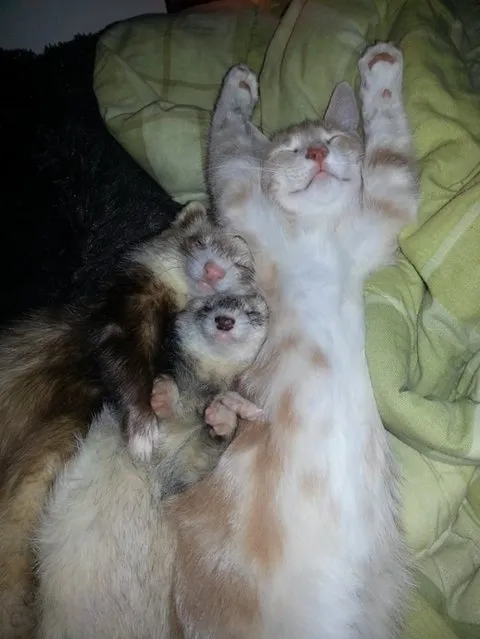
In June, Mallory Gaudet picked up a little ginger kitten on the street and took him home. Mallory worried that the baby will not be able to get along with her two other pets – ferrets, and they will hurt him. But it turned out that the new member of the family, named Ned, could get used to this neighborhood very fast. Moreover – these three animals became really best friends. Now kitten and ferrets play, eat and sleep all together. But the most touching thing is when Ned “washes” the ferrets. Interspecific and intergeneric animals’ friendship – is a rare phenomenon. But ginger kitten and two of his fellows break all the stereotypes.
16 Apr 2014 15:24:00,post received
0 comments

